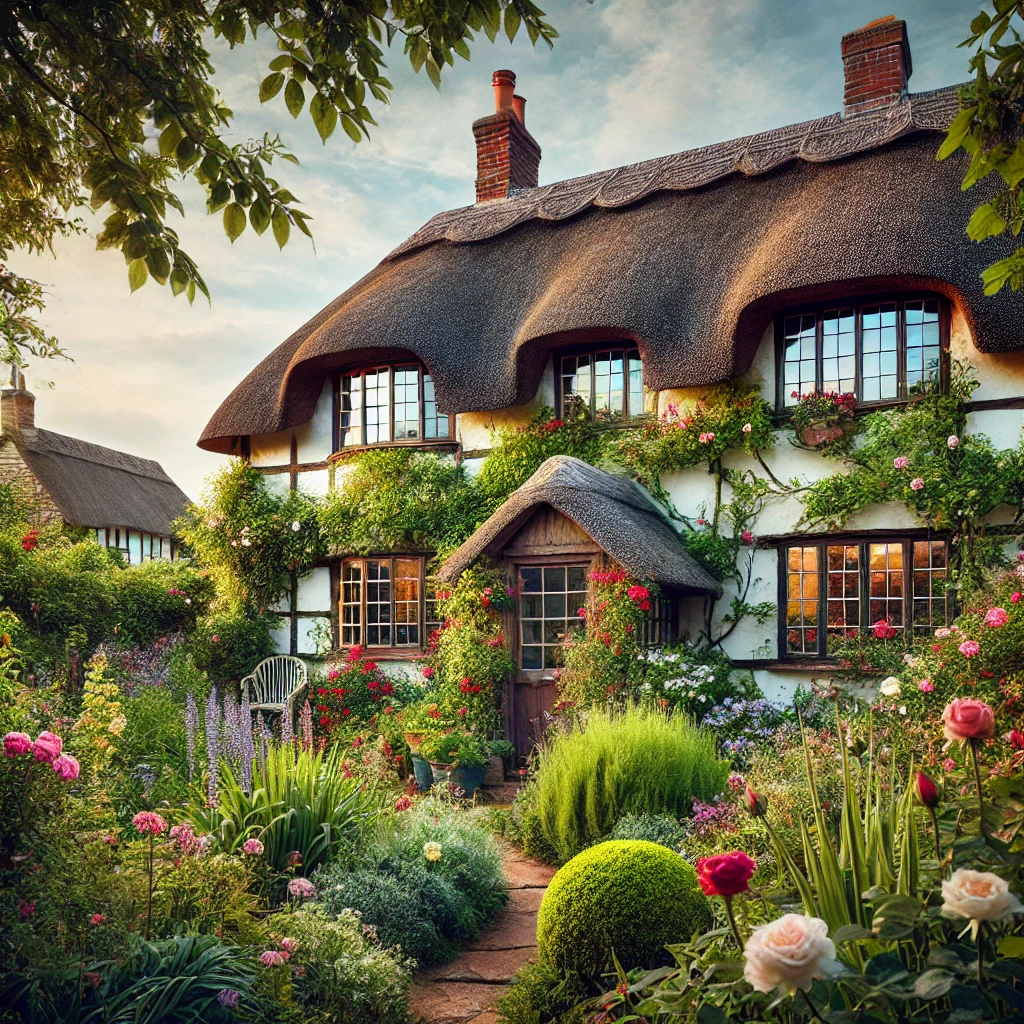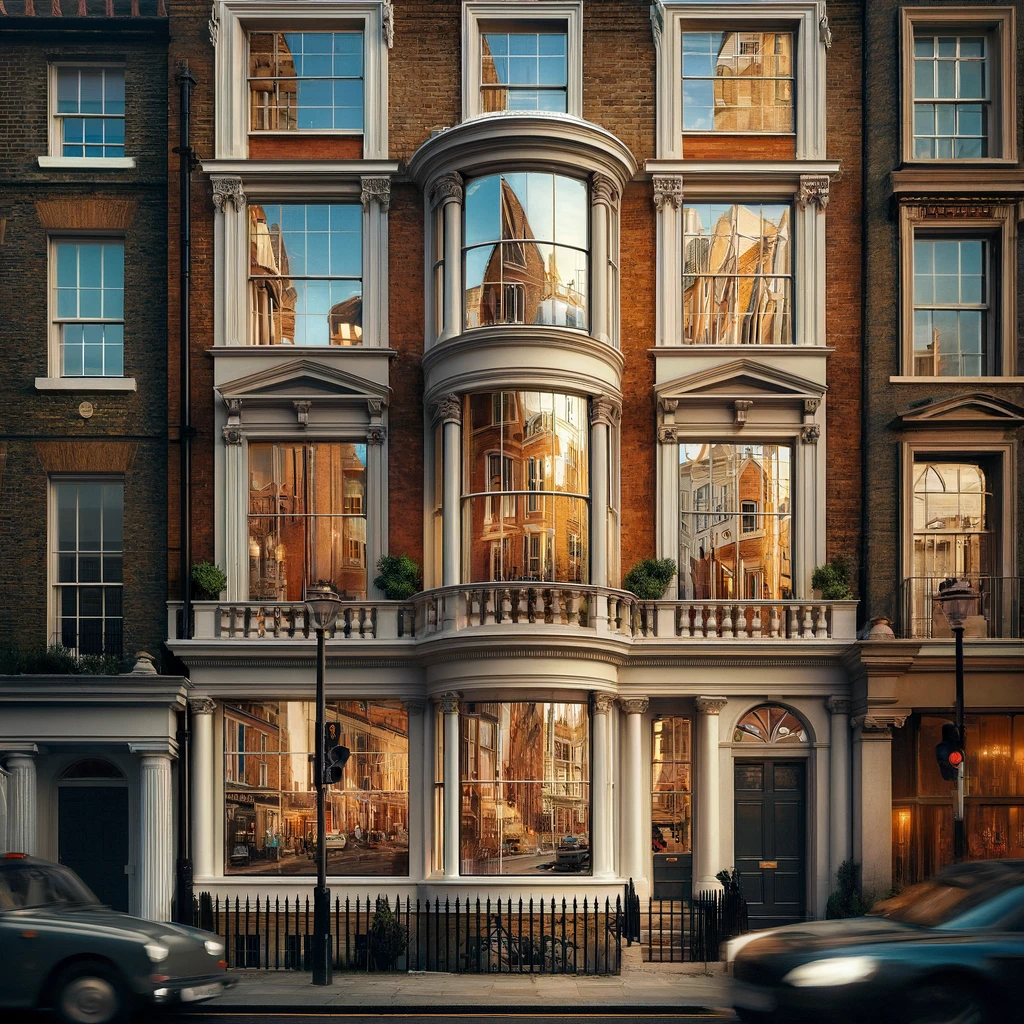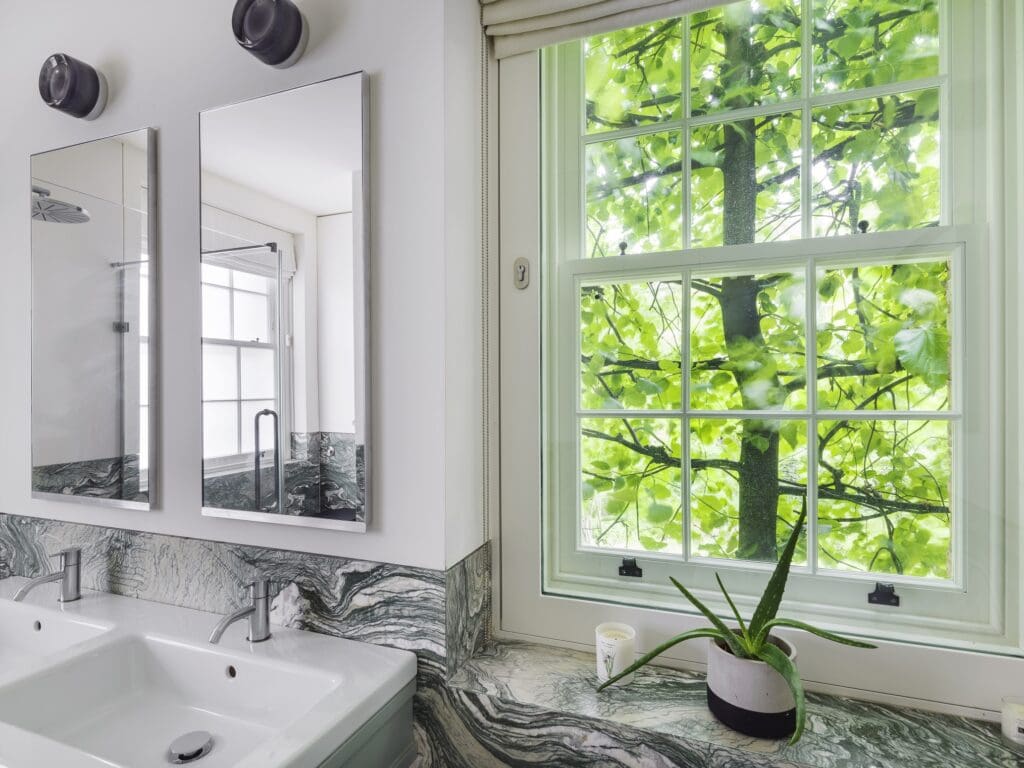
Why Are Slim Double Glazed Units Unsuitable for Heritage Projects?
Heritage projects, involving the restoration and preservation of historic buildings, face specific challenges that standard glazing solutions often fail to […]
Heritage projects, involving the restoration and preservation of historic buildings, face specific challenges that standard glazing solutions often fail to meet. While slim double glazed units offer improved thermal performance compared to single glazing, they frequently fall short when used in heritage settings. Let’s explore why.
How Do Slim Double Glazed Units Affect the Appearance of Heritage Buildings?
Can Slim Double Glazing Alter the Authenticity of Heritage Windows?
Slim double glazed units often disrupt the visual aesthetics of heritage buildings. Many historic windows feature narrow sightlines, intricate detailing, and specific finishes. The thicker profiles of slim double glazing can drastically alter these original features, clashing with the building’s historical design.
Additionally, slim double glazing can introduce unwanted reflections and distortions that are absent in single-glazed heritage windows. These changes can undermine the authenticity of the building’s appearance.

Are Slim Double Glazed Units Allowed Under Conservation Guidelines?
Many heritage buildings are protected by strict conservation regulations, which require the preservation of original features, including windows. Due to their modern appearance and construction, slim double glazed units often fail to comply with these guidelines, making them unsuitable for many heritage projects.
Do Slim Double Glazed Units Cause Structural Issues in Heritage Buildings?
Can Slim Double Glazing Damage Window Frames in Historic Buildings?
Slim double glazed units are heavier than traditional single glazing, which can place additional strain on the existing window frames and the building’s structure. Many historic windows were not designed to support this extra weight, which can lead to long-term structural issues.
Moreover, the increased thickness of double glazing may require significant alterations to the original window frames. These changes compromise the historical integrity of the building, which is often unacceptable in heritage conservation.
What Are the Installation Challenges with Slim Double Glazing in Heritage Projects?
Installing slim double glazed units in heritage windows often requires modifications to the original frames to accommodate the additional depth. This can result in damage to the historic fabric of the building and may not be allowed under conservation rules.
Even if installation is permitted, ensuring a proper fit can be challenging. Poorly fitted units can cause air gaps and leaks, reducing thermal efficiency and increasing the risk of draughts.
Is Slim Double Glazing Effective for Energy Efficiency and Longevity in Heritage Projects?
Does Slim Double Glazing Provide Enough Thermal Efficiency for Heritage Buildings?
Although slim double glazed units offer better thermal efficiency than single glazing, they don’t match the performance of modern vacuum insulated glass (VIG). For heritage projects where energy efficiency is a priority, slim glazing may not deliver the desired improvements.
Condensation is another concern. If the units aren’t properly sealed, condensation can form between the panes, reducing their effectiveness and lifespan.
Are Slim Double Glazed Units Durable Enough for Heritage Buildings?
Slim double glazed units are more prone to seal failure, especially in older buildings where temperature fluctuations are common. Once the seals fail, moisture can enter, reducing the units’ insulating properties.
Heritage buildings also require low-maintenance solutions to preserve their historical integrity. Unfortunately, slim double glazed units may need more frequent maintenance and replacement compared to other options like VIG.
What Are the Best Alternatives to Slim Double Glazing for Heritage Projects?
Is Vacuum Insulated Glass (VIG) a Better Option for Heritage Windows?
Vacuum insulated glass (VIG) is a superior alternative for heritage buildings. VIG units are slim, similar to single glazing, making them visually and structurally compatible with existing window frames. They also offer outstanding thermal insulation, with a U-value as low as 0.4 W/(m²·K), without the drawbacks of slim double glazing.
Additionally, VIG is durable, with less risk of seal failure and condensation, providing a reliable and long-lasting solution for heritage projects.

Can Secondary Glazing Be Used in Heritage Buildings?
Secondary glazing is another excellent alternative. This method involves adding an internal layer of glass while leaving the original windows untouched. It improves thermal performance without altering the building’s exterior, making it an ideal choice for heritage buildings.
Furthermore, secondary glazing is often reversible, which aligns with conservation principles that prioritise preserving the building’s original structure.
Conclusion: What Is the Best Glazing Solution for Heritage Projects?
While slim double glazed units are commonly used in modern buildings, they are often unsuitable for heritage projects due to their impact on aesthetics, structural compatibility issues, and limited performance improvements. Alternatives like vacuum insulated glass (VIG) and secondary glazing offer more suitable solutions that respect the historical integrity of heritage buildings while enhancing their energy efficiency. For these reasons, conservation experts typically recommend these alternatives over slim double glazed units.